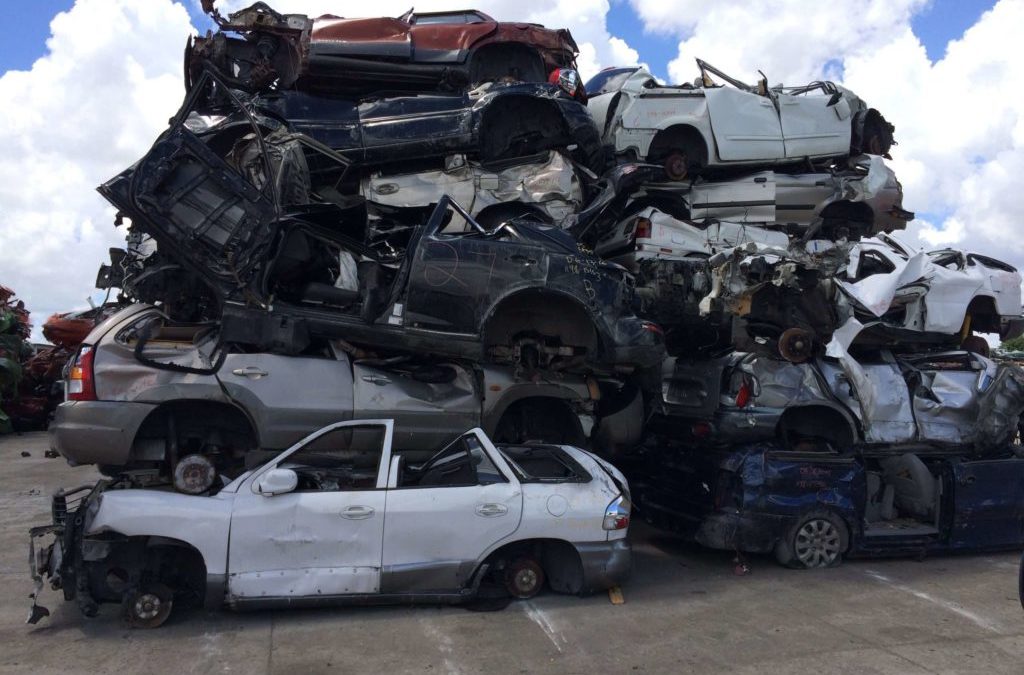Repairing Car engines is often very costly. Locked engines display different symptoms. Here in this post, we will discuss the symptoms of a locked engine. Also, this post will help you to make a good decision either to fix it or to sell the vehicle. So, Let’s Get Started!
Locked engine symptoms:
Your engine might seem seized at first. Your car will not start, even when you turn the key. A locked engine can have several other causes. The condition is one of the most common and most expensive to repair, but it may also be accompanied by other problems.
A clunking noise is heard when you least expect it while you’re starting your car. Despite being a full tank and a relatively new battery, your car does not start. Your engine may have seized! Why is this happening? Bouk Cash For Junk Cars is a great place to sell your vehicle, or learn more about locked engines.
So When does your engine lock up? When does it lock up? Are seized motors fixable? How do seized engines get unlocked? All of these questions will run through your head when your engine locks up while you’re driving. We’ll outline the causes and symptoms of engine lock-ups in this article.
Does it make sense to fix a seized engine?
Identifying the severity of the problem is the first step. Repair that car if it needs a quick fix. Whenever a vehicle’s engine fails or fuses, its repair costs could exceed its value. Make sure you sell the vehicle for the best offer possible in order to avoid spending too much money on repairs.
How does a seized engine work?
Mechanical failure can cause an engine to seize due to oil starvation. Engines that run out of oil or fail to circulate oil properly create enormous amounts of heat when internal metal parts rub against one another. Whenever a bearing grinds against the crankshaft or camshaft, it becomes welded to the part.
When a car’s engine locks up, what happens? When the car suddenly stops, it sounds rough. The damage caused by seized engines can range from minor to major.
Even a not-running engine can seize. That’s when things are different. As a result of rust, the piston rings become thick and stick to the cylinder walls. You usually see this when you restore an old vehicle.
An Hydraulic lock
When water enters the combustion chamber, it causes an engine hydrolock. Since water does not compress as well as air-fuel mixture, the piston cannot reach the top of its stroke during combustion. A sudden stop occurs. You may be able to escape without significant engine damage if the engine is running at low RPMs. Connecting rods will bend and pistons will break at higher RPMs.
An engine with a vapor lock:
There’s a little difference with this one. An engine in vapor lock won’t start, but it will turn over. An older car with a low-pressure fuel system will usually experience vapor lock as part of its fuel system. Gas turned from liquid into gas in fuel lines or at the fuel pump starves the engine of fuel, which causes it to stop running. You will lose power and your engine will sputter when you are in a vapor lock. Even if you try hard, it won’t start.
Locked engine – what causes it?
Infrequent oil changes and running out of oil are common symptoms of an engine seized by a bad starter. You might also need to replace the oil pump of the engine or replace the engine altogether.
You will know the cause of a hydrolocked engine once it happens. A puddle or flood waters may have placed water in the air intake of the engine, causing the issue.
Almost always, engine vapor locks are caused by extreme heat. Fuel vapor is produced in the lines between the engine and the fuel pump. The fuel temperature rises quickly when your engine is turned off while it’s warm out or sitting in traffic in scorching heat. There is a problem with the fuel pump, and it cavitates. How would you “unseize a seized engine”?
How to Fix a Locked Engine?
Put your transmission in neutral, coast to the side of the road if your engine locks up when you’re on the road. You won’t be able to get anywhere if it occurs while parked. Turn your engine on a few times to see if that helps. When your engine doesn’t start, don’t keep trying. The starter may burn out or you might cause more damage.
The Best Way to Free a Seized Engine:
Locked-up motors are treated based on their cause. Try turning the crankshaft with a breaker bar to determine if your engine is locked. You should look for a different cause if it turns, rather than the engine being seized.
- A seized up engine cannot be fixed or replaced unless your engine is undergoing intensive repairs.
- Remove the spark plugs from all cylinders of an engine that has been sitting for a long time. Let the engine oil sit for a couple of days and fill the cylinders with it. Using a breaker bar, try spinning the engine. In some cases, the engine can still be salvaged. Otherwise, it will have to be taken apart and rebuilt.
- Take out the spark plugs immediately if your engine is hydrolocked. Hydrolocks are released when the water drains from the cylinders.That is, if the parts inside are not damaged.
- You need to cool the fuel to the point of condensation for a vapor-locked engine. If you let it cool off, it happens frequently. For immediate start-up, you can spray cold water or ice over the fuel pump, condensing the vapor back to liquid, to cool it off.
How Much Will It Cost to Repair My Locked Engine?
A If you are able to cool off the system quickly, you can repair a vapor locked engine at no cost. A fuel pump replacement costs $500 to $1500 if it has overheated.
An oil change and new spark plugs could be enough to fix an engine hydrolock. The engine may need to be replaced if it was damaged by a hydrolock. This can cost thousands of dollars.
Basically, if your engine is seized, it will cost you a lot to repair it. You may also be faced with higher costs if your engine is stuck – you may not be willing to pay for such repairs on your own.
Is it possible to rebuild a seized engine?
The labor costs can reach epic proportions when an engine becomes seized due to oil starvation. Your engine will need to be looked at by a mechanic to ensure that no serious damage was done, particularly that a rod did not go through the engine block. An overheated engine after it has seized is another thing to watch out for. In this case, it might be more costly than planned because parts of the engine will be warped that you cannot see. Repairing a seized engine can be expensive
Costs of seized engines:
You may need to rebuild or replace the engine if it seizes, which could cost you as much as $3,000 for your repair.
Locked up motors come with great expense and downtime, so let us get you back up and running.
When you sell your car to Bouk Cash For Junk Cars, you’ll receive a guaranteed offer. In exchange for your acceptance, we’ll come to pick up your car and put cash in your pocket immediately.

